I think variety is important, and I’ve been wiped out for over a week with the flu, so forgive me as we look at something a bit different today. It’s still beautiful, well-made, produces sound and is electronic, but this one is related to another passion of mine. Check out this stunning almost new-in-box JRC NRD-525 communications receiver I recently purchased from Japan!
Background
You may not know that I’ve been a radio nut since I was a youngster. I started with a classic Dick Tracy-style AM radio watch, progressed to making various radios and other stuff with my Tandy 200-in-1 electronics set, moving on to building many of the wonderful Dick Smith Electronics Fun Way 1, 2 and 3 kits. Dick Smith is a national treasure BTW!
At 13 or 14, I purchased a National stereo boombox with a built-in shortwave radio that I listened to every night as a kid. I still have it.
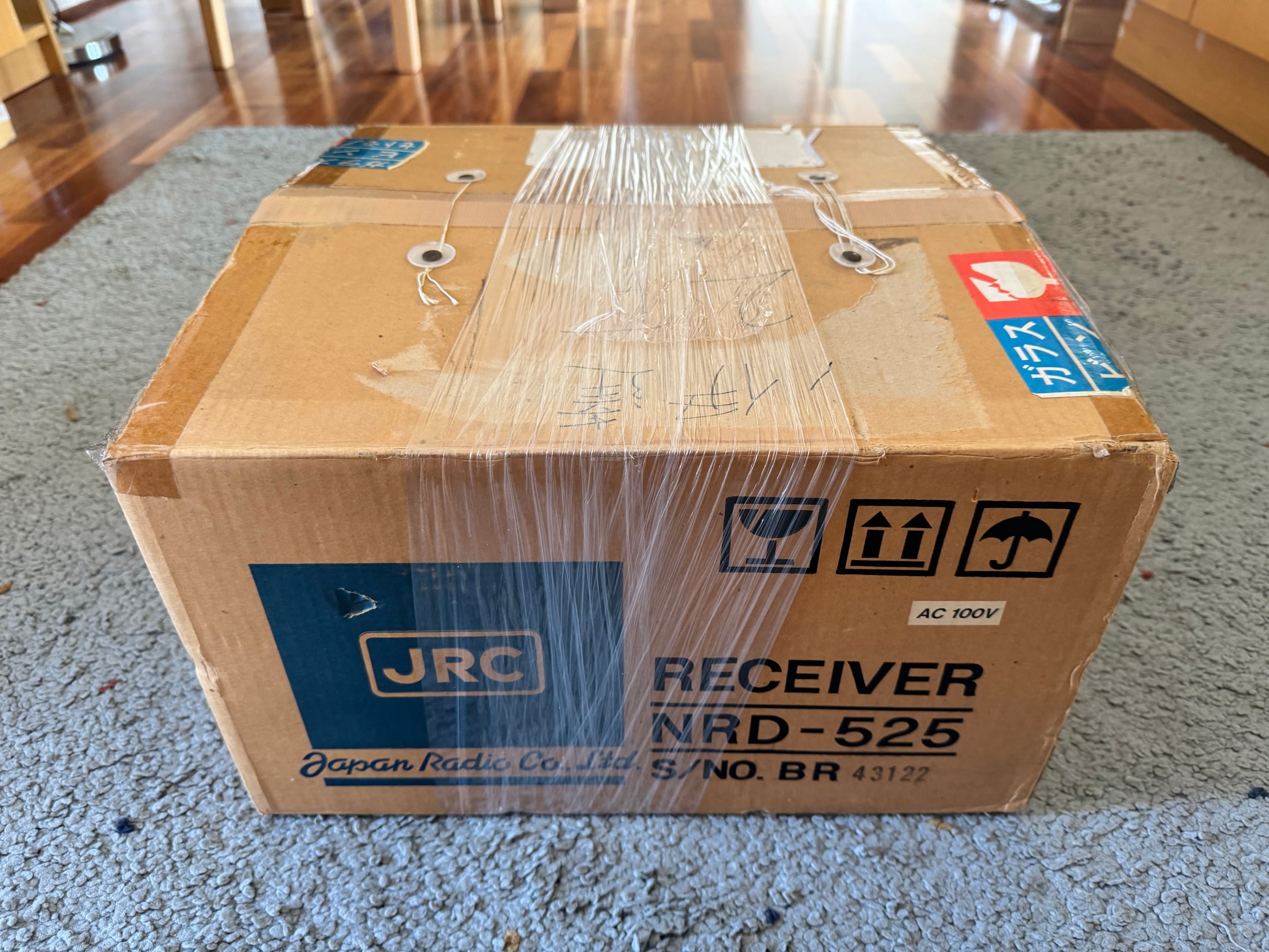
Since then I’ve owned a couple of ‘proper’ shortwave radios including a Yaesu FRG-7700, and later a Yaesu FRG-100B. These were both great receivers but I sold them, now I wish I’d kept them! Perhaps 10 years ago I bought a lovely Icom IC-R75 and fitted a precision reference oscillator and DSP module to it. I later snagged a beautiful Kenwood QR-666 old-school ’70s shortwave receiver, both of which I still own. I also have a couple of portables, a Sony ICF-SW77 and a Sony ICF-SW7600G. I might sell the SW77.
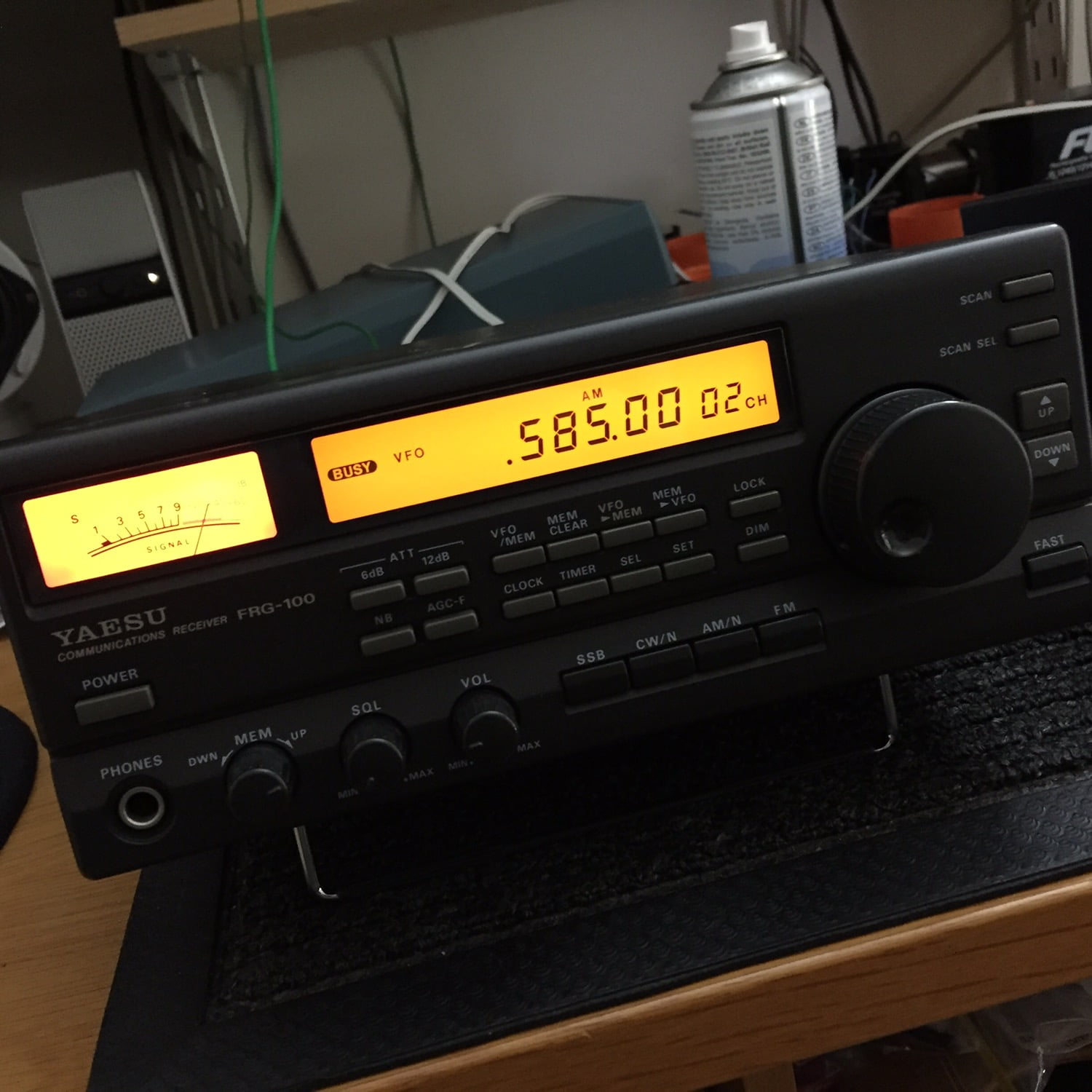

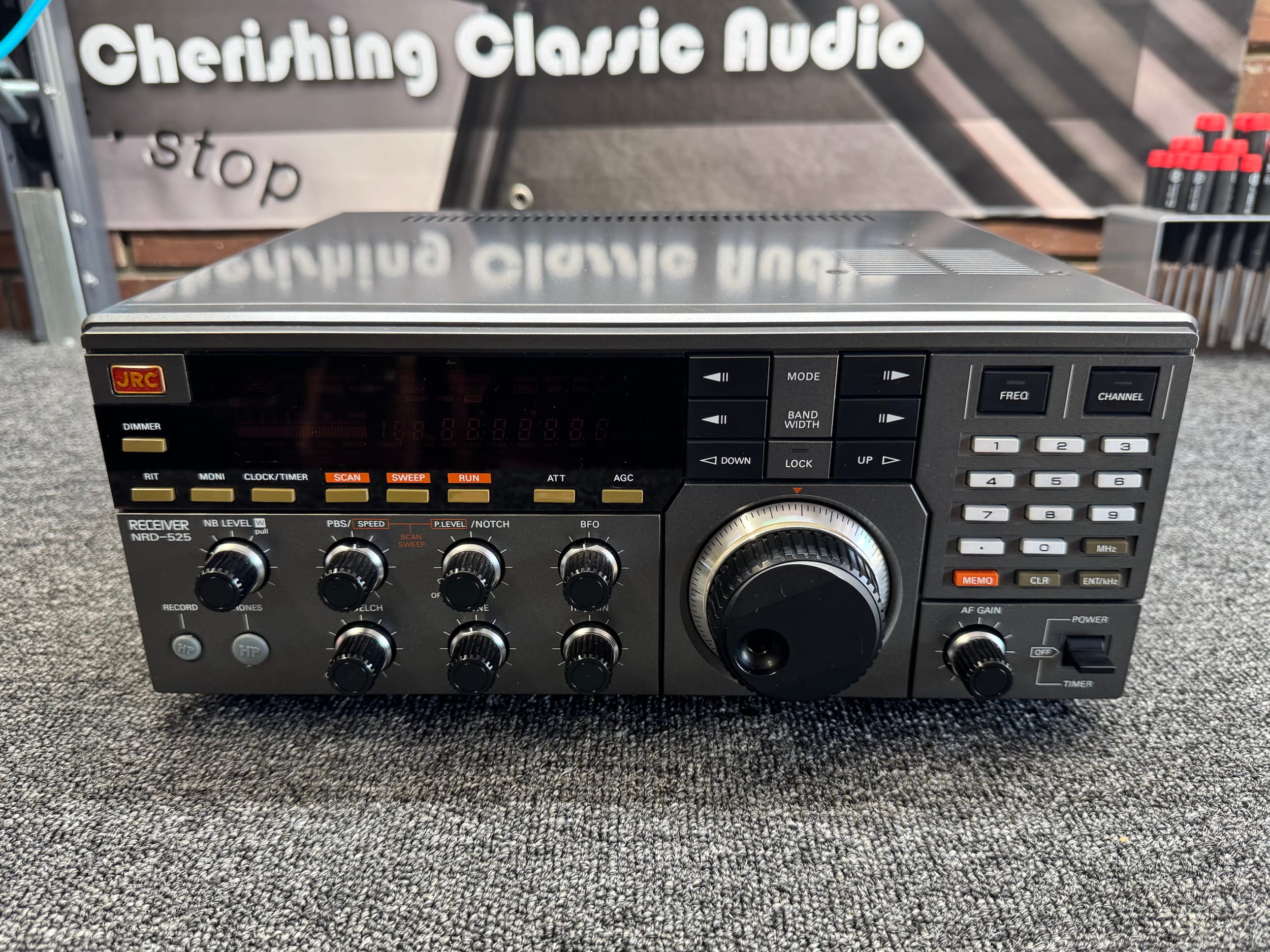
Does anyone else think I collect too much electronics..?!
JRC NRD-525
Anyway, Japan Radio Company or JRC always made the most expensive and most serious shortwave receivers. Ironically, it’s only now that I can afford something like this almost mint, in-the-box JRC NRD-525 I just purchased from Japan.
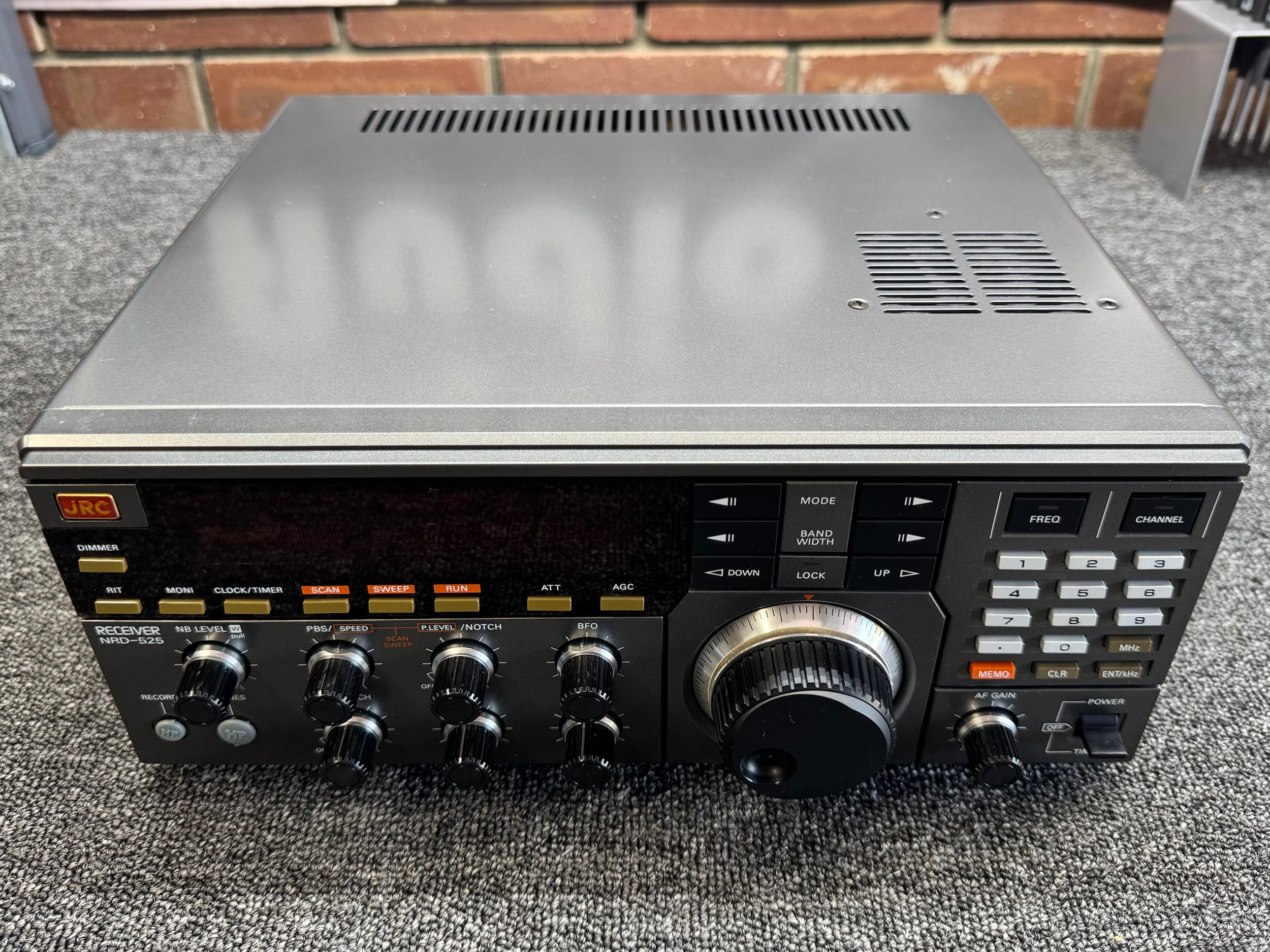
The JRC NRD-525 communications receiver cost $1250 USD or around $2500 AUD back in 1986, so that will tell you where this premium radio was aimed. It also explains why there was no possible way I could ever afford one at 16 years old! I can now though, now that the shortwave bands are sadly much quieter.
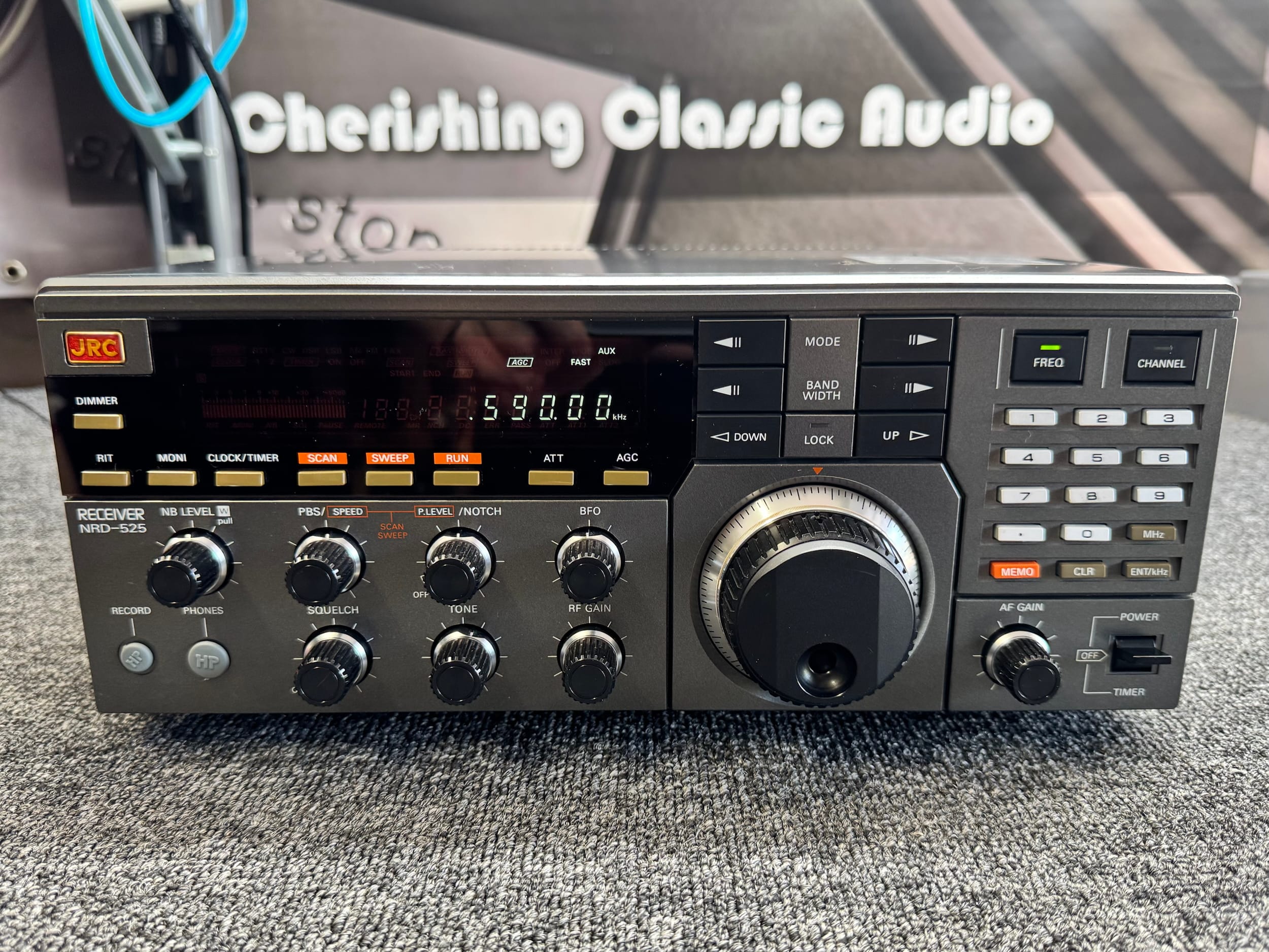
I still have a full RF alignment set-up and believe I am one of just a few people still aligning AM/FM stereo tuners and other radios for consumer use. Anyway, enjoy a short video and a few pics of this fine receiver. Any other radio nerds out there in my regular readership or beyond, please comment below and tell me what radios you own. Likewise, if you love RF test gear, tell me what you have!
JRC NRD-525 Unboxing & Discussion Video
One thing I love about buying equipment from Japan is how Japanese sellers typically understate the condition of the things they are selling. This radio was listed as coming with the original box, cables and papers, yes, but they didn’t mention the accessories, brochure or perfect, pristine physical condition of this radio. I doubt it spent much time being used. It likely sat in the box for decades.
You’ll appreciate my fluey voice in this video from a few days ago 🙂
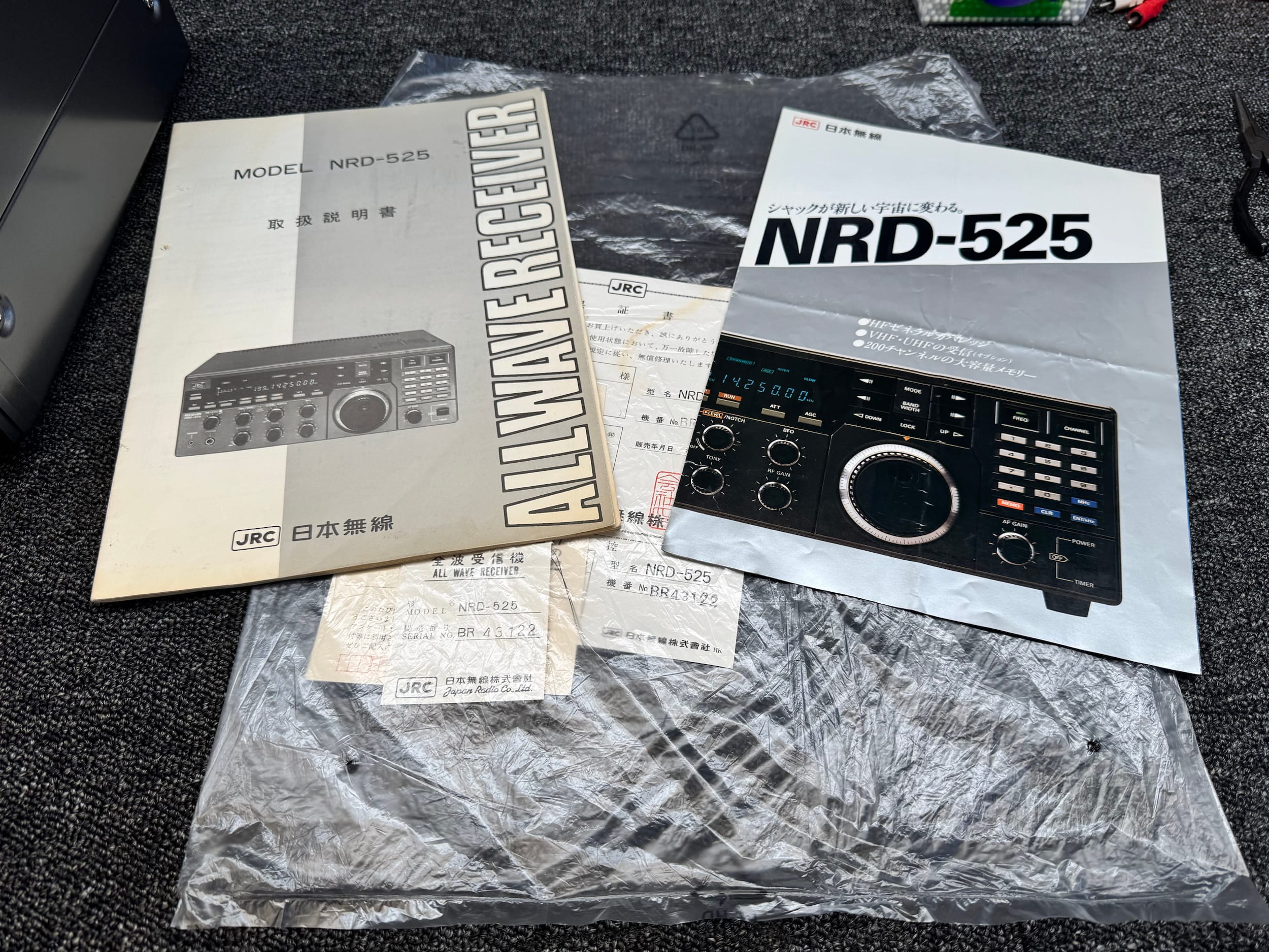
Additional Work
Being an older piece of electronics, and being a radio, I knew it would need some adjustment and calibration, and you know how much I love calibration!
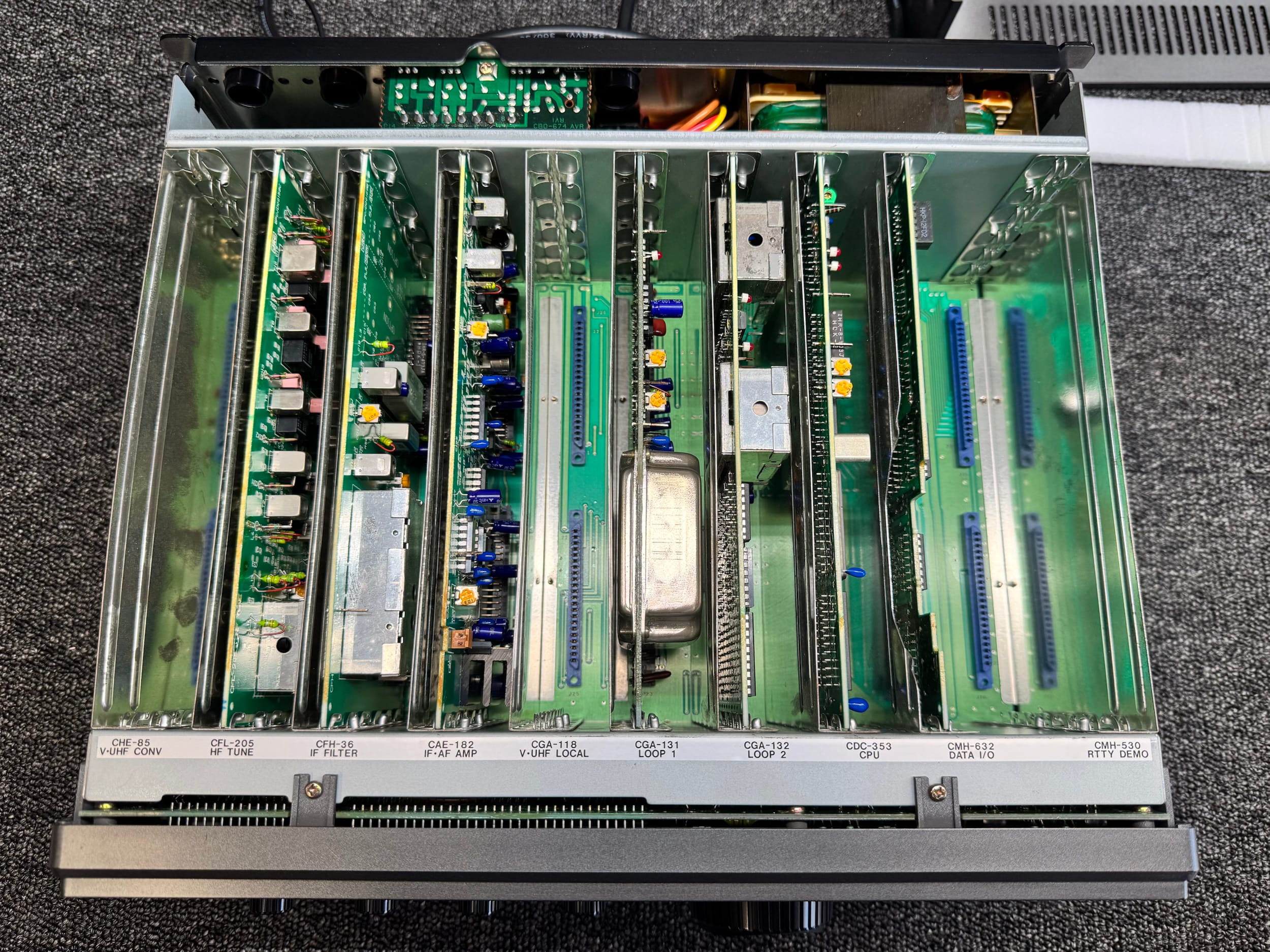
I replaced the memory battery which is a soldered-in CR-2032, with a button cell holder and fresh removable CR-2032 cell.
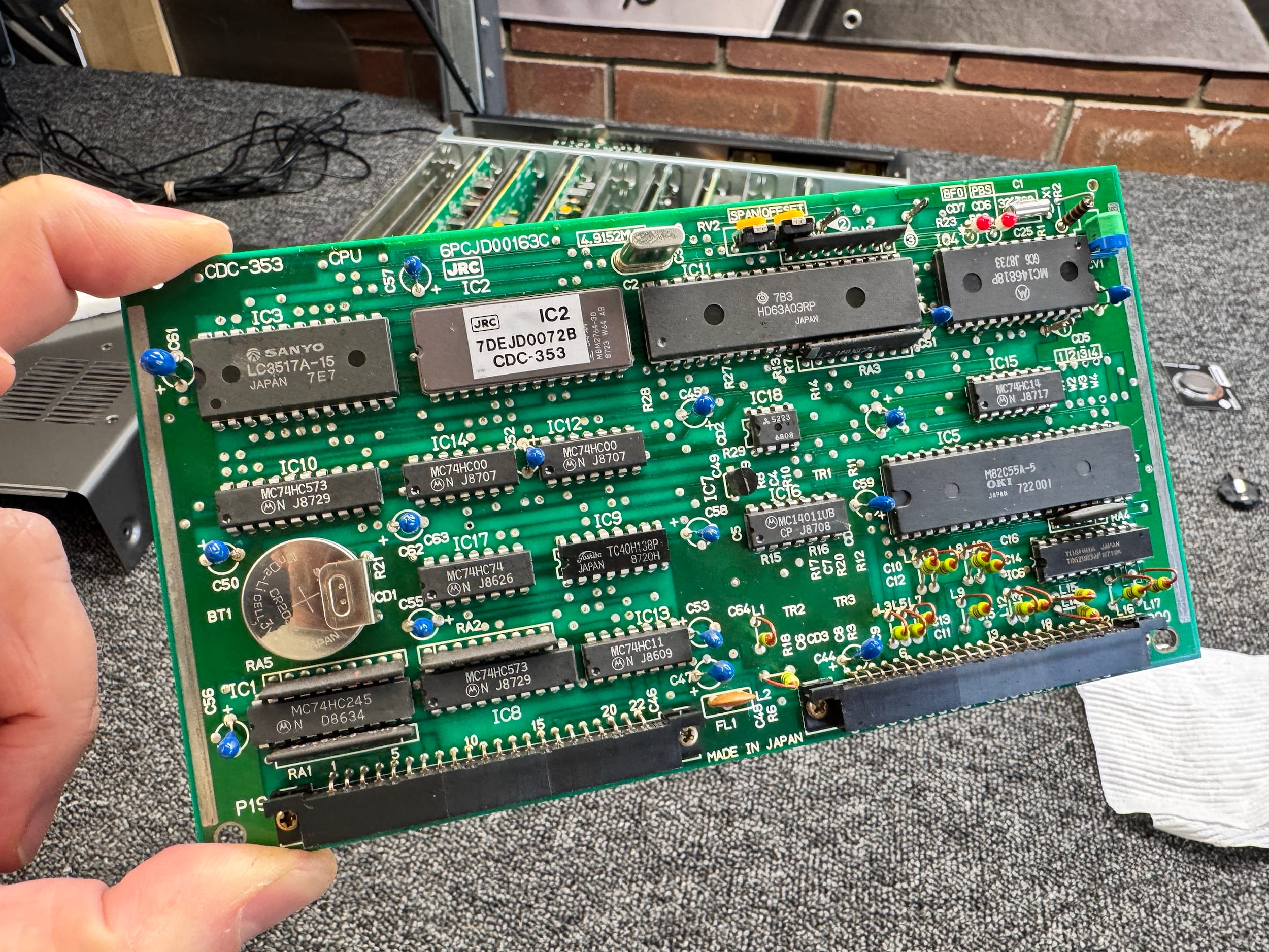
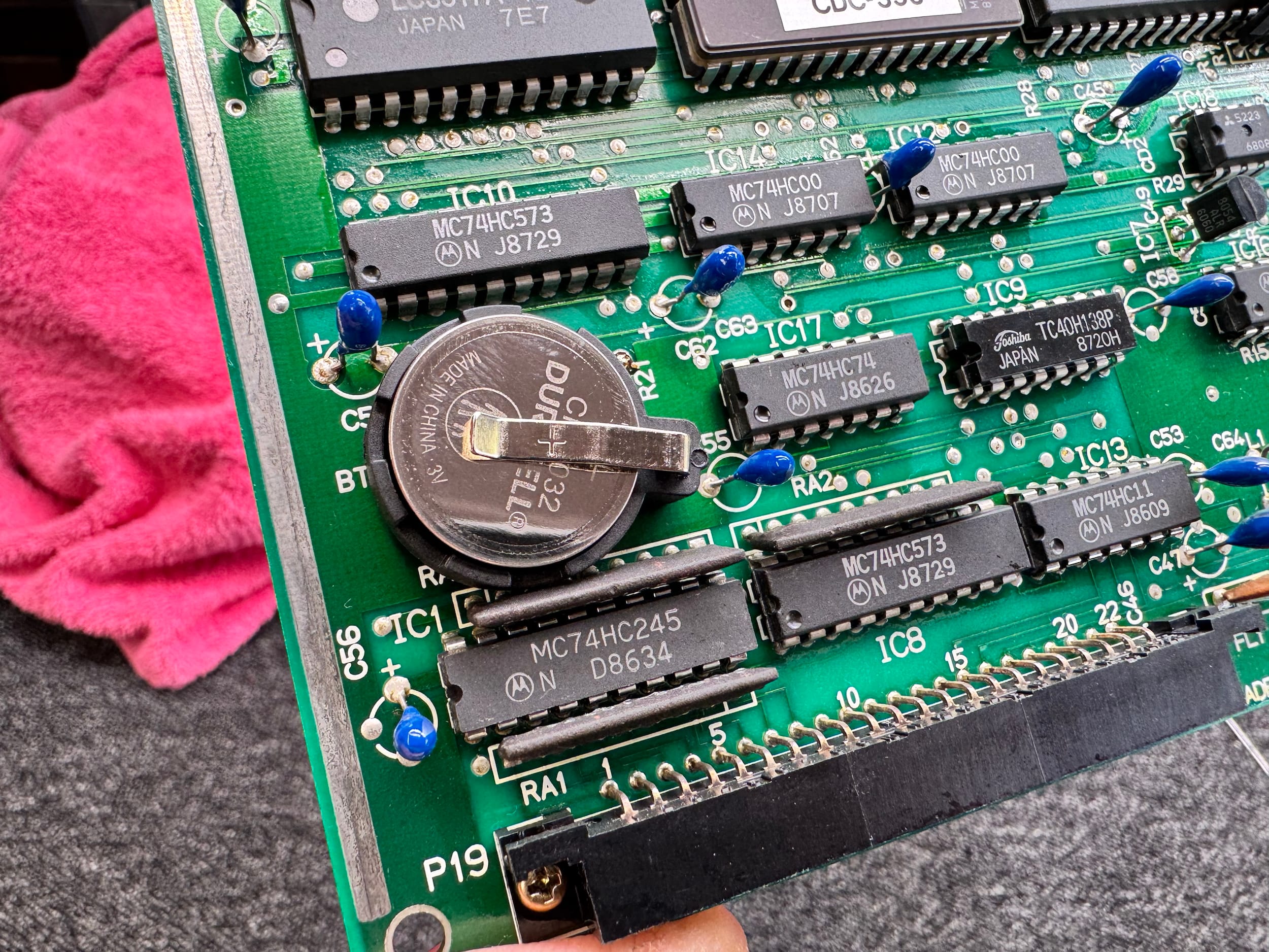
I also performed a mini-alignment and calibration, refreshing various critical voltages and the reference frequency of the 12.8MHz temperature-controlled quartz oscillator.

Results
So, even though this is not a hi-fi article, how does she sound? On AM radio broadcasts, I’ve never heard better. You can select a roughly 12kHz filter for AM reception that yields such a rich warm tone that it’s hard to believe it’s AM radio. It’s not a patch on FM of course, but we don’t buy receivers like this for that purpose.
After a clean and minor service, this JRC NRD-525 runs even better. She is a very sensitive radio, possibly slightly better than my Icom IC-R75, based on initial testing, but without adding in either of the Icom’s two preamplifiers. I think it’s also slightly quieter than the Icom but more testing is needed to verify this.
To be fair, both radios perform exceptionally well. The NRD-525 has better audio though, no doubt about that. This makes it a much more pleasant radio to listen to on broadcast stations for example.
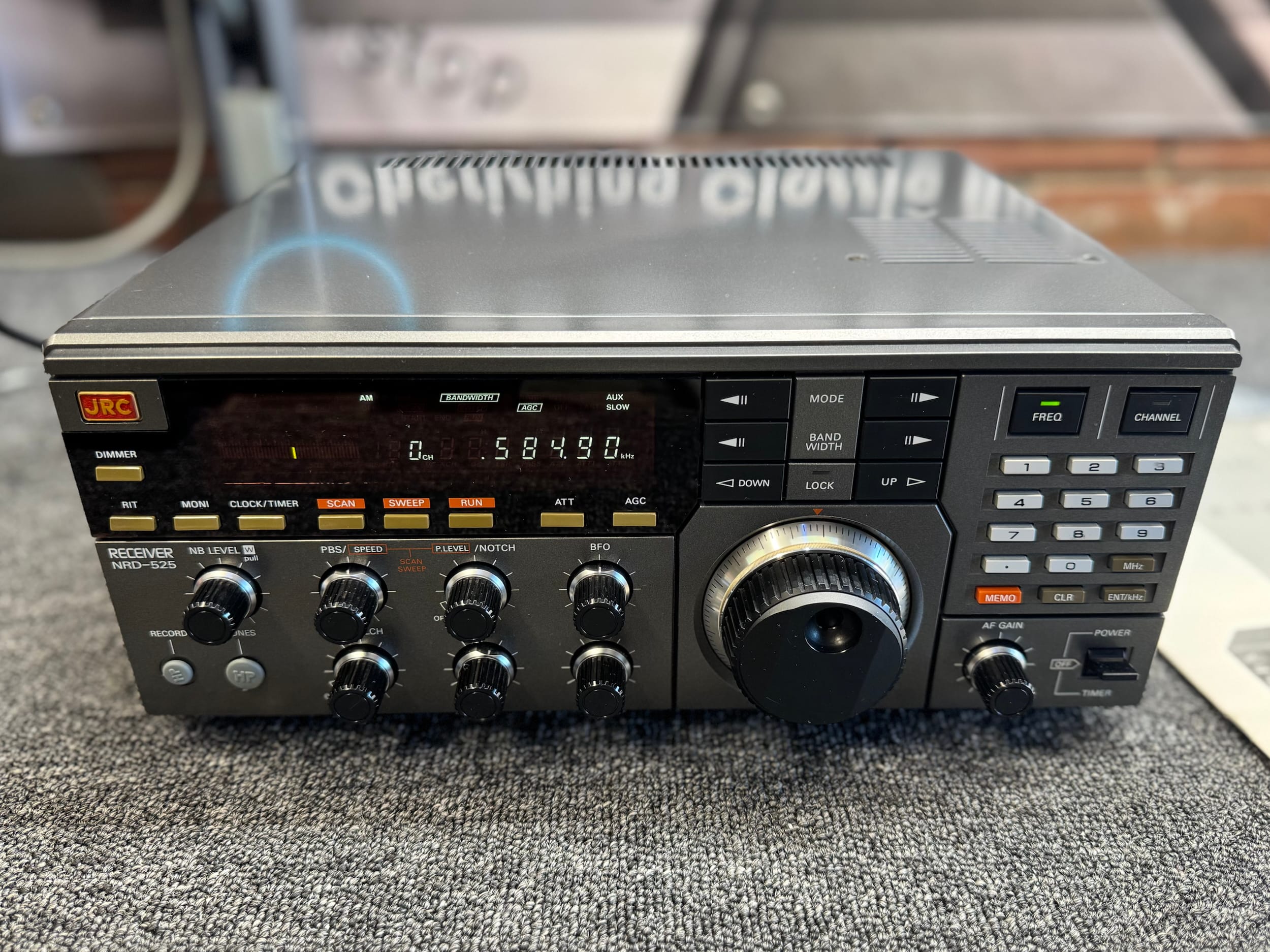
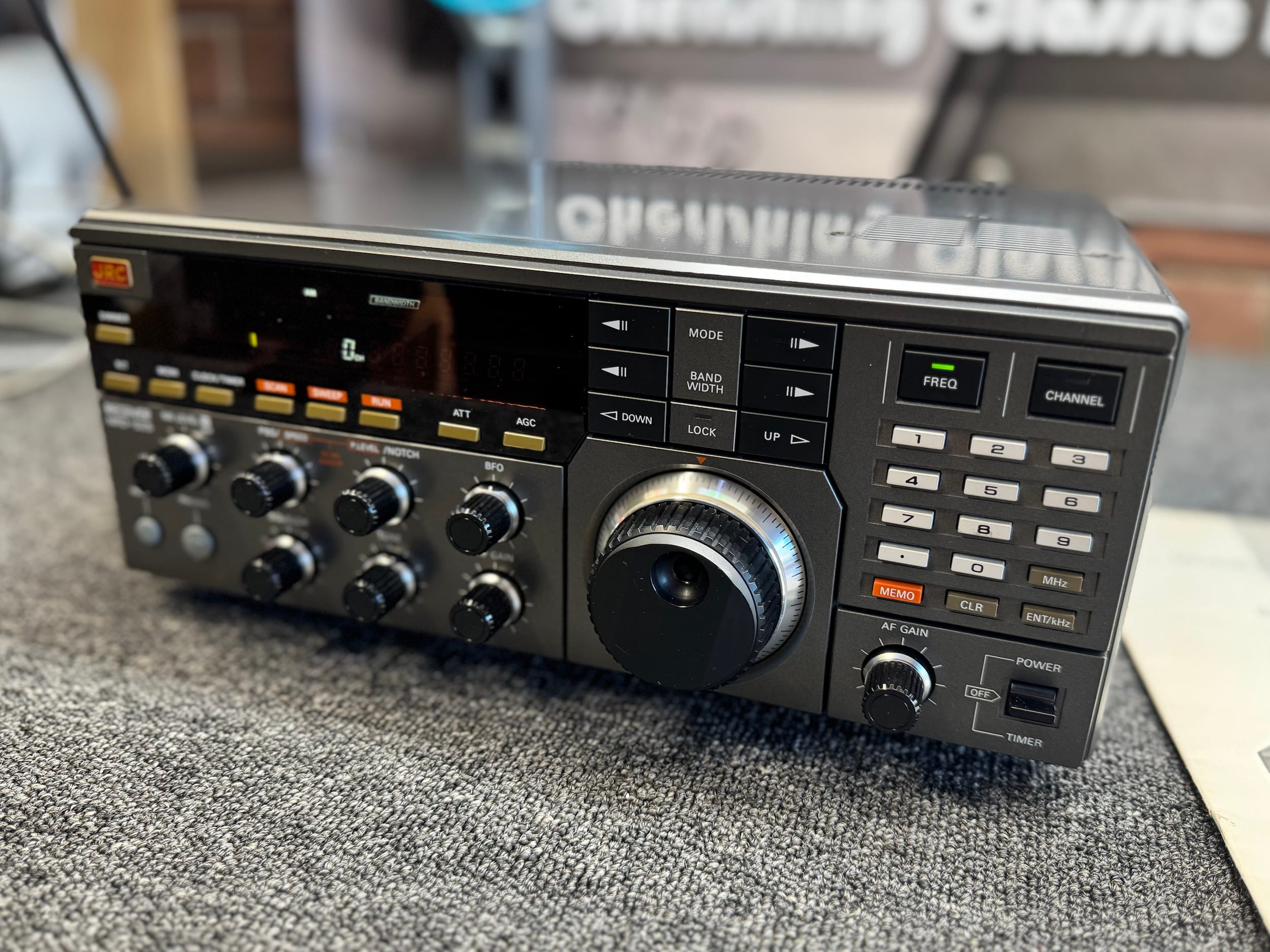

As always, thank you for visiting and for taking the time to read this slightly different article from the usual staple of hi-fi products.
Even though I don’t advertise this kind of radio work, I still do a little of it. More of my time is spent with hi-fi tuners, but I revived this stunning old National / Panasonic DR22 / RF-2200 for a customer a couple of years ago, so don’t be shy!
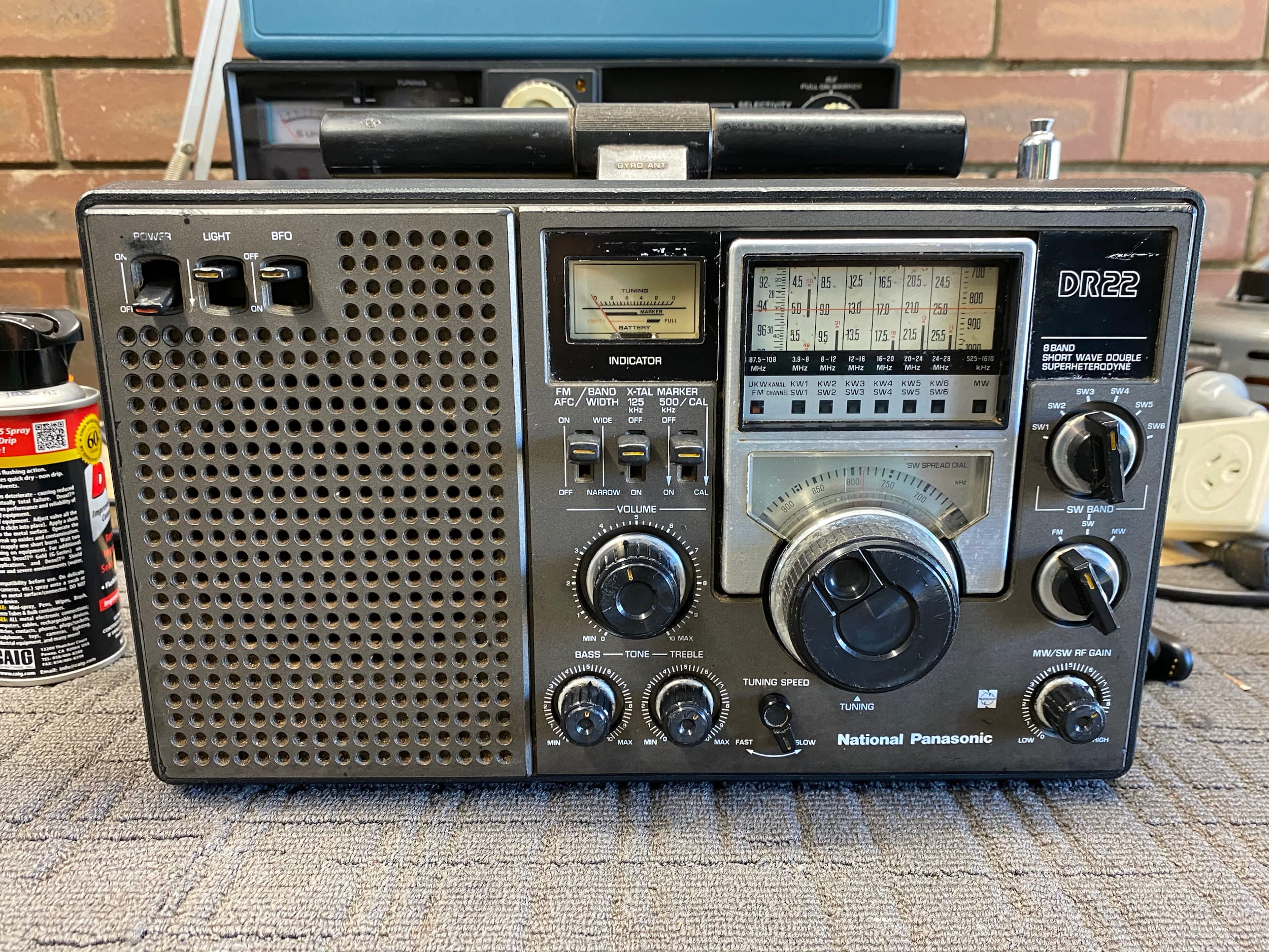
Discover more from LiQUiD AUDiO
Subscribe to get the latest posts sent to your email.

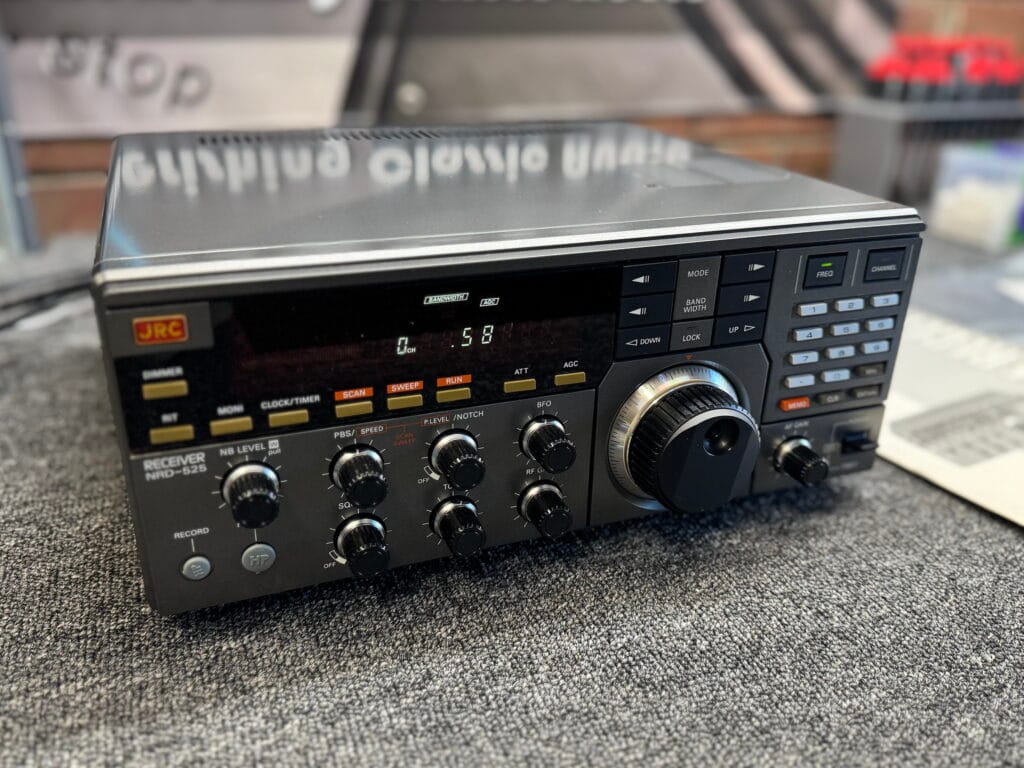
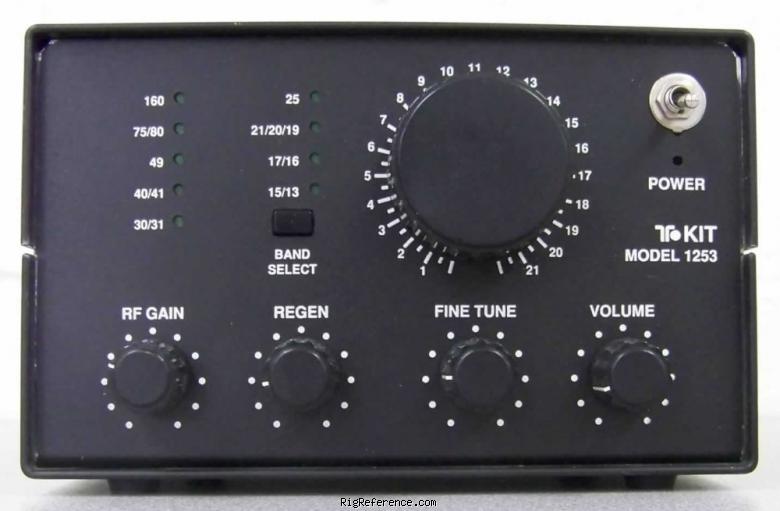

All those buttons and knobs- I never even thought about short wave receivers before! Thanks.
Thank you for visiting Rhett and glad you enjoyed reading about something a little different!
I think you should consider opening a museum in the future! I’m being serious.
We went to the Patek Phillipe museum a few years ago and spent several hours looking at the several floors of PP watches. I’d certainly come if I could listen to some of your pieces of equipment. I’m sure Pierre could lend you a few pieces.
Steve
Thanks Steve! A museum of modern electronics would be a wonderful thing, or even more specifically about audio or even just hi-fi gear. I could muster up a few troops for this one including Pierre, for sure!
Nice to see a bit of your diversity Mike! My 1st guru in the rudiments of audio & a near lifelong friend is a serious 2-way radio enthusiast who is working towards erecting a 30 meter antenna tower in his backyard. I forwarded this piece to him as I believe it will be of great interest. I’m also looking to build a more modest DIY loop antenna for my rooftop as my 80s period tuner, a Technics ST G5-L, has LW & MW band features.
Thanks Tim, I highly recommend a loop like the ‘youloop’ I’m using, they are excellent performers on sensitive proper radios like the ones you describe and very affordable. You can attach them to a lightweight mast of some kind and they reject noise so well, it’s like having a new radio!
I’m sure there must be a “spot-bollock master oscillator frequency” appearing somewhere in one of the Back To The Future films, or a Doctor Who episode…
That’s a phrase I certainly didn’t have in my vocabulary before reading this!
Thanks again Mike for sharing your passion and experience in such an entertaining, educational and readable post. Hope you’ve shrugged off that ‘flu.
Thanks Rob and glad you enjoyed the article!
Hi Mike Love your workmanship and personality, I have similar experience of swling from young age and eventually got a degree in electronics and I still have an old icf 5900 in my living room on display. I used to own drake r8b and various grundig satellite and Sony icf s. Keep up the good work!
Fantastic Mao, thanks for sharing this. It’s certainly an addictive and interesting hobby, great to know you’ve owned some interesting radios too!